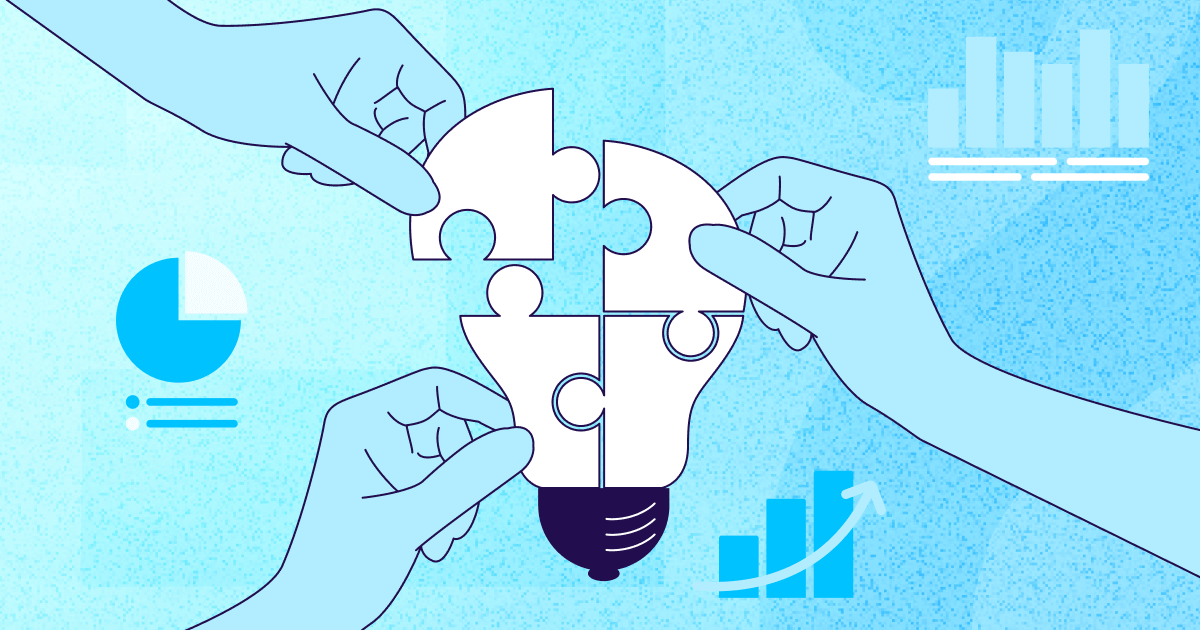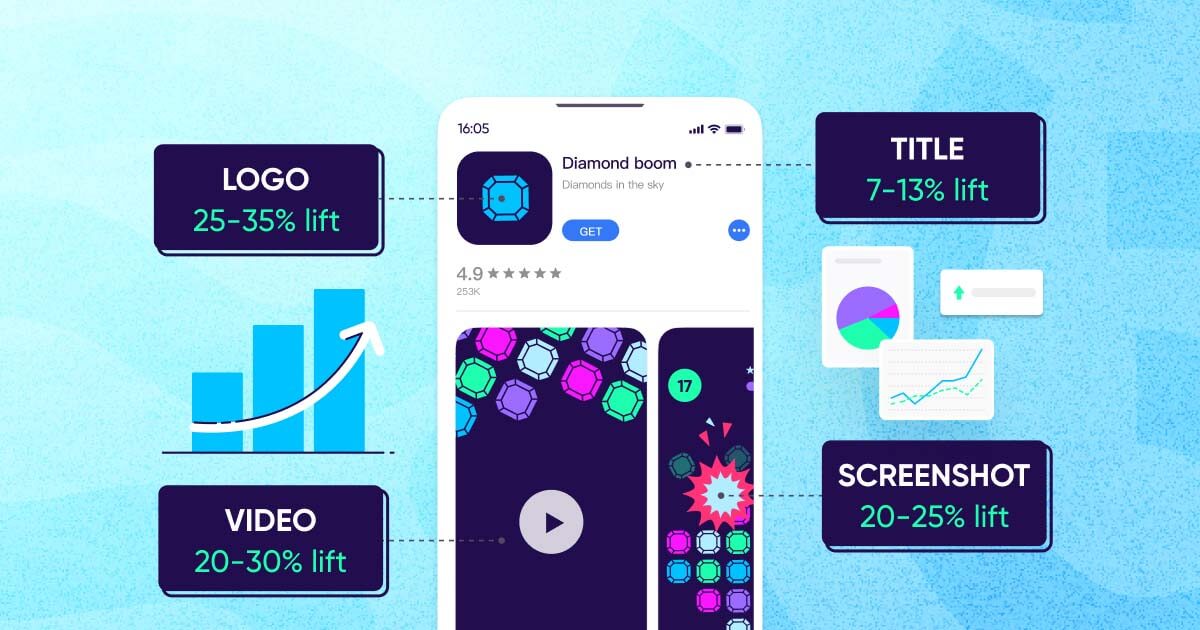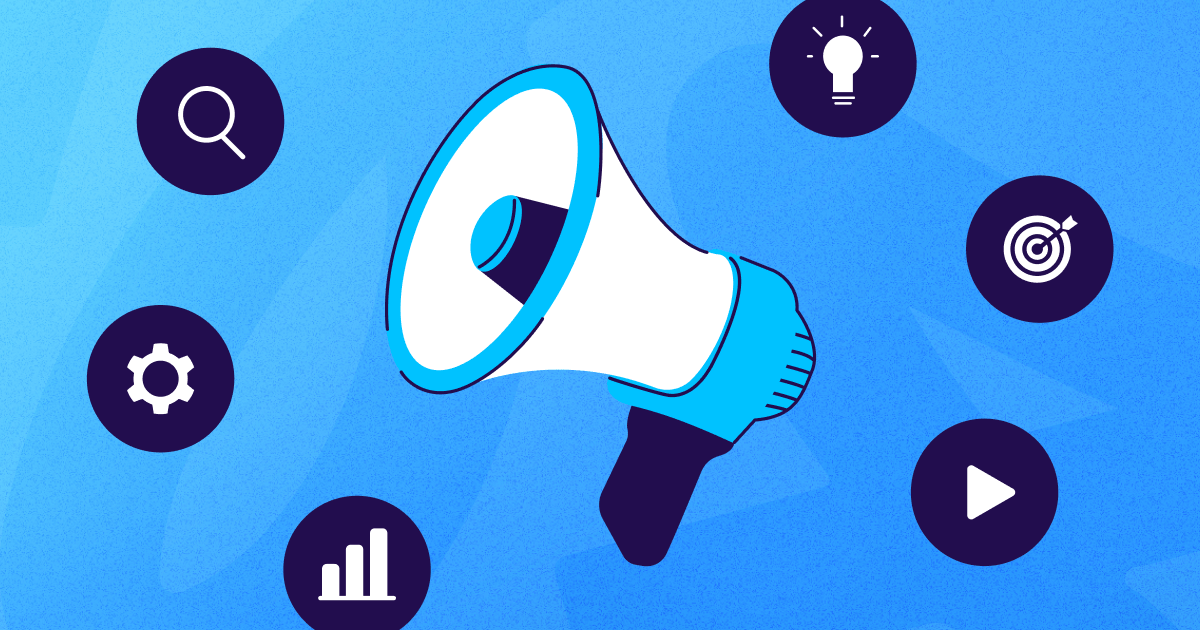
Re-engagement

Re-engagement is a marketing strategy aimed at encouraging inactive users, customers, and subscribers to resume activity within a website or mobile app. Re-engagement tactics include serving push notifications, ads, and emails to people who have reached a pre-set level of inactivity (like not logging in for 14 days or leaving products abandoned in their shopping cart).
Churn impedes growth. Every person that stops using your website or app represents wasted user acquisition dollars and lost revenue potential.
You have an effective tool at your disposal to keep temporarily inactive users from becoming permanent casualties of churn. It’s called re-engagement and it’s all about presenting targeted marketing messages to people who show signs of losing interest in your product.
As with all marketing strategies, the devil is in the details. But if you send a relevant message through the right channel at the right time, you’ll flip flagging interest into a renewed love for your product—and keep more loyal users.
What is re-engagement?
For an app marketer, re-engagement means motivating dormant users (people who have your app installed but don’t engage with it) to be active again before they become lapsed users (people who have uninstalled your app).
Tactically, re-engagement means identifying users at risk of churning and serving them marketing messages (push notifications, emails, and ads) that encourage them to use your platform again.
Re-engagement and user acquisition are complementary growth strategies. Through UA, you’ll grow the top of your funnel by adding new users. With re-engagement, you’ll grow the bottom of your funnel by keeping users around longer and increasing the amount of time and money they spend.
The importance of re-engagement for app campaigns
Worldwide app downloads continue to increase, hitting 218 billion in 2020. Unfortunately, about half of those apps will be uninstalled within 30 days and 25% will only ever be used one time.
If your app is on the losing end of those stats, you can bet your growth and marketing metrics – the numbers both you and others use to benchmark your success – will take a hit.
Now if you re-engage those dormant users before they lapse, you’ll see a significant lift in some of the most important key performance indicators (KPIs) for your product. All without spending more UA dollars to do it.
Lifetime value
Lifetime value, or LTV, is an estimate of the average revenue a customer will generate over the time that they use a given product or service.
One way to increase LTV is to keep users active with your app longer—giving them more opportunities to generate more value for your business. That’s exactly what a re-engagement strategy does.
Average revenue per paying user
The average revenue per paying user (ARPPU) shows how much revenue is generated by paying users and game players, on average, over a certain time period.
For most apps, ARPPU is dependent on in-app purchases or subscription fees. Through re-engagement, you’ll keep more paying users active with your app and potentially increase the amount each spends by marketing premium options to them.
User acquisition costs
User acquisition cost (UAC) is the amount you’ll spend, on average, to attract a new user to install your app.
As of last year, the average UA cost for an app was $5.28. When someone churns, you’ll spend that much replacing them.
Re-engagement is typically a lower-cost growth strategy than UA. That’s because it costs less to market to people who are already familiar with your product. Plus, many re-engagement strategies, like email and push notifications, are free (or close to it) once a user opts in. So re-engagement allows you to grow with a smaller UA budget.
What’s the difference between web and mobile re-engagement?
There are two differences between web and mobile app re-engagement marketing.
First, web and mobile app re-engagement drive people to different locations. For web re-engagement, you direct dormant visitors to a page of a website. In mobile re-engagement strategies, you’ll drive dormant users directly into an app.
Second, web and app re-engagement each rely on different measurement methods. For web re-engagement, visitors are tagged with cookies which help marketers identify at-risk visitors, set targeting for personalized ads, and measure response rates. For app re-engagement, the job of user measurement has traditionally been done using universal identifiers like IDFA or GAID.
More recently, we’ve seen a shift away from using universal identifiers. Now that job of measuring app users is done by a mixed bag of tools like Apple’s SKAdNetwork, third-party attribution platforms, and web-to-app marketing strategies that take advantage of cookies.
Web and app re-engagement examples
Re-engagement campaigns can net some serious payback. Here are two real-world examples that prove it.
Inspire Uplift brings online shoppers back to their website
A common goal of web re-engagement campaigns is to capture lost revenue from abandoned shopping carts. eCommerce marketplace Inspire Uplift crushed that goal using re-engagement push notifications.
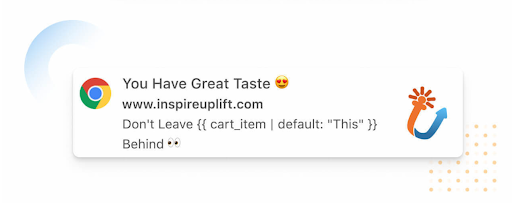
When a shopper leaves items in their cart, Inspire Uplift’s automated, personalized push notification reminds them to complete their purchase.
The results were significant. The website saw a 6% boost in sales conversions in just the first month of using re-engagement push notifications and an overall 207% conversion rate increase.
Monobank drives dormant users back to their app
European startup Monobank launched a campaign to introduce its personal financial services app.
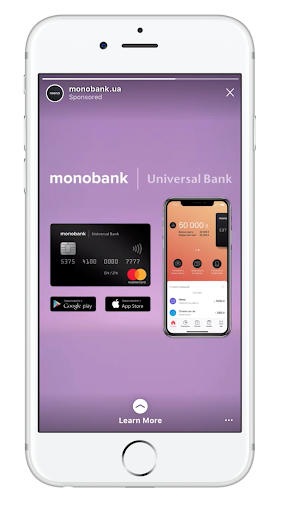
The ads were successful in getting 188,000 people to install the app. But not everyone who installed the app continued to create an account or activate their bank card. So Monobank created a re-engagement campaign of Facebook and Instagram ads specifically targeting those dormant app installers.
The result? Monobank boosted its conversion rate by encouraging 43% of people who installed the app to also register for a bank card.
Mobile app re-engagement strategies
The tactics you use to re-engage at-risk users will depend on your app; it’ll look different for games than grocery apps. But every re-engagement campaign should:
- be relevant and timely,
- reduce user friction, and
- use the right communication channels.
These three strategies will help you get there.
Include deep links to reduce re-engagement friction
Deep links are links that send people directly to content within an app instead of to a website or app signup page.
For re-engagement, this means taking a user to content they’re interested in instead of placing them on a generic landing page and making them click through.
Use email for inexpensive re-engagement
Email is among the least expensive re-engagement strategies because once someone opts in, you don’t have to pay an ad network to send a message.
Facebook uses email notifications to remind dormant users what they missed.
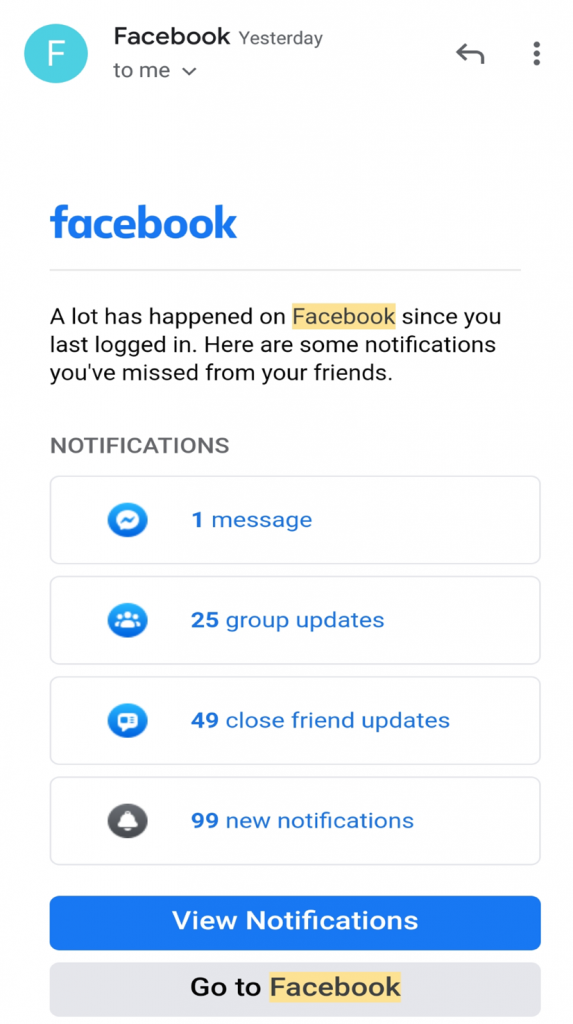
Their email is full of deep links. When you click the notifications link, for example, you go right to your list of unseen notifications.
Send push notifications for high re-engagements rates
Push notifications are brief messages that pop up on your user’s mobile device. Their high open rates (up to 18% according to this report) make push notifications a very effective way to reach your dormant users.
Here’s how Reddit uses push notifications with deep links.
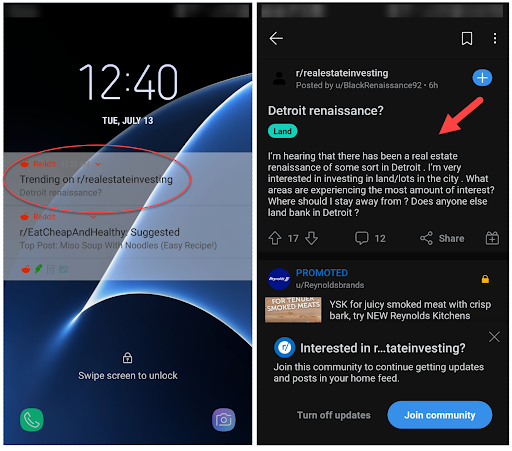
Make sure you only send re-engagement emails or push notifications to people who have met your criteria for a dormant user. Otherwise, you’ll annoy active users by overloading them with irrelevant messages.
Attract dormant users with dynamic engagement ads
Engagement ads on ad networks like Google and Facebook encourage people to take a specific action after they’ve installed your app. Dynamic ads include personalized messages that are more relevant to each user.
Ecommerce platform Mobix uses engagement ads on Facebook to turn app installers into in-app shoppers.
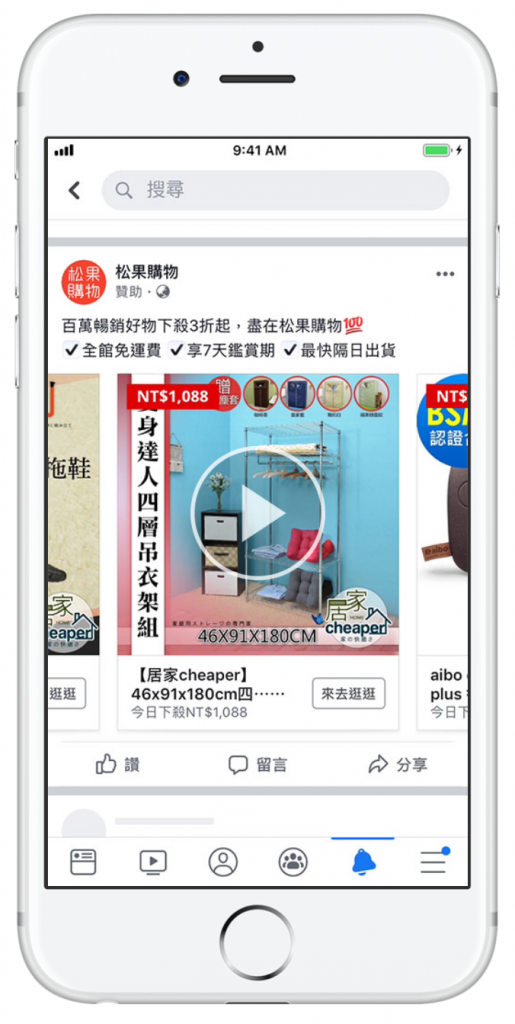
The company created an audience segment of people who downloaded their app. Then they served those installers dynamic ads with deep links leading to product pages within the app.
You don’t want to waste marketing dollars by serving re-engagement ads to active users. So make sure your audience is set only for people who meet a set parameter. For example, you may want someone to see your Facebook ad if they don’t use your app for 14 days or if they abandon a game before completing a level.
Key takeaways
App uninstall rates continue to increase. A well-designed re-engagement strategy will help keep your app from becoming a cautionary tale of wasted acquisition costs and high churn rates.
To make the most of your re-engagement strategy, remember to:
- Have a way to measure uninstalls and understand why people leave your app
- Make sure your re-engagement messaging is personalized and relevant to your audience
- Try multiple communication channels (paid social ads, push notifications, email) and measure results to see which yield the best results
- Use deep links so users can get right to the most pertinent and interesting content in your app


